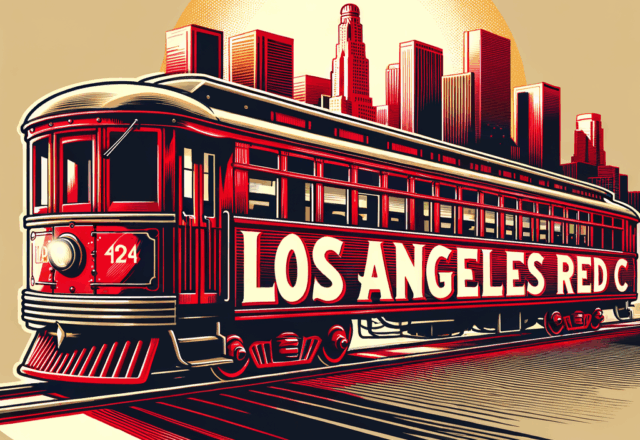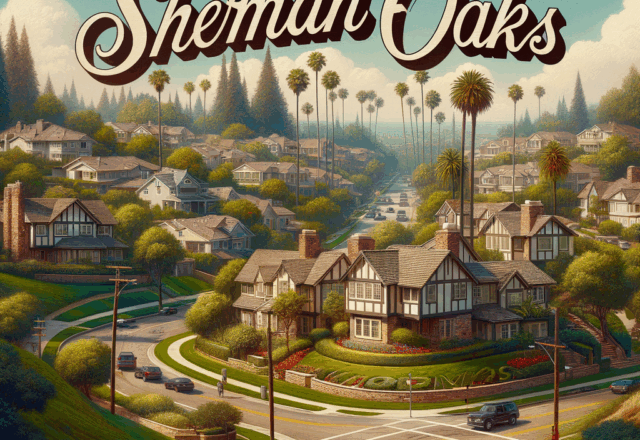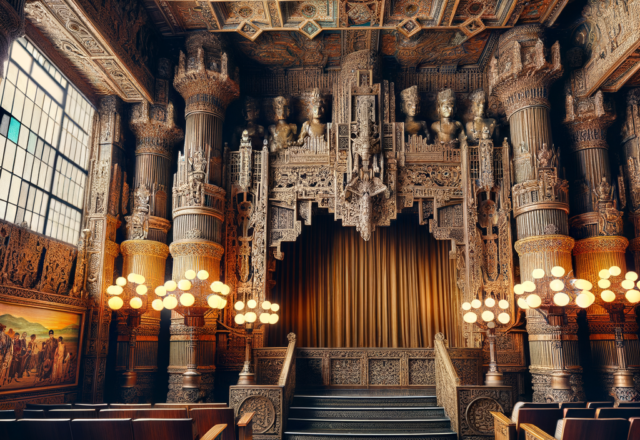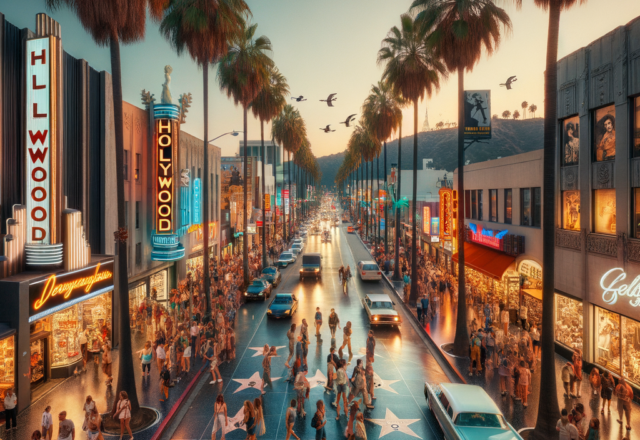What Orange County Living Is Really Like Orange County life: traffic, taxes, treats. Traffic: Orange County traffic is bad on an absolute scale, but relatively better than surrounding areas like LA, San Diego, and the Inland Empire. The county’s well-planned road system, including major thoroughfares and toll roads, helps mitigate congestion. Public transportation is limited. Taxes: California, and Orange County specifically, has high taxes overall, particularly state income tax, which is among the highest in the nation. Sales tax also varies by city. Property taxes, while still significant, are comparatively lower due to Proposition 13, which limits annual increases in assessed value. ” Mello-Roos” taxes, additional levies for infrastructure, vary by area and can significantly increase property taxes, particularly in newer developments in South Orange County. Cost of Living: Extremely high compared to the national average, mainly due to housing costs. However, other aspects of the cost of living are150
Category: Los Angeles
Living in Redondo Beach: A Coastal Paradise
Redondo Beach Redondo Beach, a gem nestled in the South Bay region of Los Angeles County, offers a unique blend of beach town charm and urban convenience. With its stunning coastline, vibrant community, and excellent amenities, living in Redondo Beach is a dream come true for many. This article explores the various aspects of life in this coastal paradise. A Stunning Natural Environment Redondo Beach is renowned for its breathtaking natural beauty. The city boasts a 1.5-mile long sandy beach, perfect for sunbathing, swimming, and surfing. The picturesque Redondo Beach Pier, one of the longest in California, is a popular spot for fishing and enjoying panoramic ocean views. The city is also home to the Veterans Park, a lush green space ideal for picnics and outdoor activities. Vibrant Community and Lifestyle Living in Redondo Beach means being part of a close-knit, friendly community. The city hosts numerous events throughout the150
The Demise of the Los Angeles Red Car
Los Angeles once boasted the world’s most extensive electric railway system, the Pacific Electric Railway, commonly known as the “Red Cars.” This vast network connected the city and its suburbs, facilitating urban growth and mobility. However, by the mid-20th century, the Red Cars had vanished, replaced by a car-centric infrastructure. Decades later, Mayor Tom Bradley spearheaded efforts to reintroduce rail transit to Los Angeles, aiming to alleviate traffic congestion and promote sustainable transportation. The Rise of the Red Cars Established in 1901 by Henry Huntington, the Pacific Electric Railway rapidly expanded, covering over 1,000 miles at its peak. The Red Cars connected downtown Los Angeles to outlying areas like Long Beach, Pasadena, and Santa Monica, playing a pivotal role in the city’s development. This network enabled residents to commute efficiently, fostering economic growth and suburban expansion. Factors Leading to the Demise of the Red Cars Several interrelated factors contributed150
Sherman Oaks Living
Sherman Oaks: Hidden hillside, Los Angeles. Sherman Oaks Location & Amenities: Situated in the San Fernando Valley, Sherman Oaks boasts a blend of suburban charm and urban convenience. It’s bordered by Encino, Studio City, Van Nuys, and the Santa Monica Mountains, with easy freeway access (405 and 101) and proximity to Ventura Boulevard. Neighborhood Variety: Sherman Oaks offers diverse neighborhoods, including Chandler Estates (mix of smaller and larger homes, strong community), Fashion Square District (walkable, near the mall), Flats (charming single-family homes and condos), and Library Square (tree-lined streets, urban lifestyle). The Sherman Oaks Hills area features luxury homes with panoramic views and gated communities. Housing Styles & Prices: Housing styles range from post-war bungalows and ranch homes to mid-century modern and contemporary builds, including hillside estates. Median home price is $2 million, with condos averaging $700,000. Prices vary significantly by neighborhood, with hillsides commanding higher prices (up to $12 million for150
LA Historical Theaters-Title: The Grand Theaters of Old Los Angeles: A Cinematic Tour Through Time Discover the iconic walk-in theaters of Los Angeles—from Hollywood to Downtown. Explore their rich histories, architectural splendor, and how they shaped movie culture.
Los Angeles has always been synonymous with the silver screen. But beyond the flashing lights and film premieres, the city is home to some of the most iconic, ornate, and historically significant walk-in theaters in the world. These grand venues were more than just places to watch movies—they were cultural landmarks that defined Hollywood’s golden age. In this post, we’ll take you on a tour through the classic movie palaces of LA County, complete with historical context, architectural highlights, and Google Maps links to explore them in real life. Hollywood’s Glorious Movie Palaces El Capitan Theatre Address: 6838 Hollywood Blvd, Los Angeles, CA Opened: 1926 Style: Spanish Colonial Revival Why It Matters: Restored by Disney, El Capitan is a lavish theater still in operation, often used for major Disney movie premieres. Its ornate interior and live organ performances make it a must-see. View on Google Maps Egyptian Theatre Address: 6712150
Cruising Hollywood Blvd
The Joy of Cruising Hollywood Boulevard: An Unforgettable Experience Cruising Hollywood Boulevard is more than just a drive—it’s a vibrant journey through the heart of Los Angeles’ iconic entertainment scene. From the glimmering Walk of Fame to the electric energy of the nightlife, Hollywood Boulevard offers a unique blend of history, culture, and excitement. In this article, we’ll explore why cruising this legendary street is a must-do experience, optimized for search engines to help you plan your adventure. Why Cruising Hollywood Boulevard Brings Pure Joy Hollywood Boulevard is synonymous with glamour and stardom. Driving down this famous stretch feels like stepping into a movie set, with every corner offering something new to discover. Whether you’re a local or a tourist, the joy of cruising Hollywood Boulevard lies in its ability to captivate and inspire. Iconic Landmarks and Sights Hollywood Boulevard is home to world-famous attractions that make every cruise150
Hollywood Living
West Hollywood’s Sunset Strip. This street is famous for it’s celebrities, restaurants, shopping and rock concert venues.
Southern California Living
A Road Tour From Palisades to Huntington Beach
Irvine Living
Irvine life: reality versus perception. Abundant Parks and Green Spaces: Irvine boasts numerous parks, often within close proximity to residential areas, offering various amenities like pools and tennis courts. Master-Planned City with Amenities: Initially conceived as a suburb, Irvine has evolved into a self-contained city with extensive retail, commercial, and office spaces, including a major university (UC Irvine) and a regional airport. High Cost of Living: Irvine’s desirability contributes to a high cost of living, with median single-family home prices around $1.9 million. Coastal areas and new constructions command even higher prices. Highly Ranked Schools: The Irvine Unified School District consistently ranks among the best in Orange County and the nation, attracting families but also creating a highly competitive academic environment. Safety and Crime: Irvine consistently ranks as one of the safest cities in America, although individual perceptions of safety can vary. The city prioritizes safety and maintains a strong reputation in this regard.150
Historical LA
Los Angeles street names: history and stories. Early Los Angeles Street Names: Many current street names originated from the 1849 Or survey, incorporating Spanish names reflecting the city’s early Mexican period. Examples include Spring Street (Calle Prima, Calle de la Caridad, Calle del Cura), Los Angeles Street (originally Calle Principal), and others derived from calle (street) and descriptive names. The Or survey mistakenly designated Los Angeles Street as Calle Principal, leaving Main Street as a less significant thoroughfare. Influence of Landmarks and Origins: Street names often reflected natural landmarks (e.g., Aliso Street for a sycamore tree) or the origins of settlers (e.g., Kenoga Park, Chatsworth). Impact of Land Development and Events: Street names were shaped by land developments, ranchos (e.g., Rancho Las Virgenes), housing tracts, and historical events. Names also reflect early farming, the oil industry, and the movie industry’s growth. Mexican and American Legacies: Street names reflect both Mexican (e.g., Pico Street, Figueroa Street) and American influences (e.g., streets150





